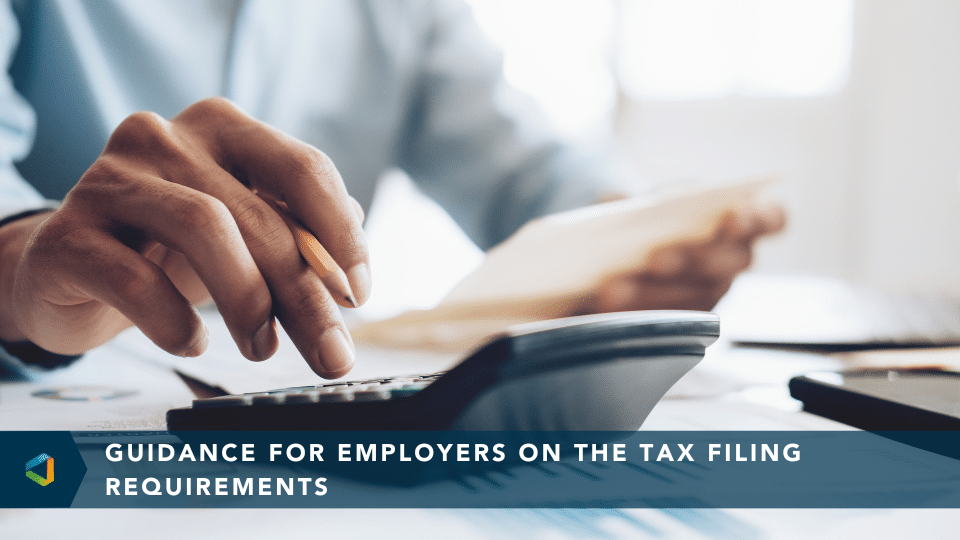To a large degree, employers have been consumed over the last few years determining which aspects of the Affordable Care Act (ACA) apply and how to be in compliance with the law. The most recent task, absorbing both time and resources, has been the ACA reporting requirements for Applicable Large Employers. While that issue will remain front and center for the foreseeable future, there are other significant compliance concerns employers needs to be aware of. Many are an offshoot – or next wave – of the ACA.
Here are some things to keep in mind this year that could impact your business:
1. HIPAA Privacy & Security – With many stories of breaches over the last year, privacy has becoming top of mind. If an employer has reason to handle Private Health Information (PHI) their processes should be evaluated to ensure minimum standards for encryption and security controls are met and a notification process in place should a data breach occur. Key steps include designating a Privacy Officer and creating an information security program per appropriate regulations. Many employers have started offering various ID protection products to plan members as an additional benefit to help employees deal with security and privacy concerns.
2. Affordable Care Act (ACA) Reporting – Now What? – Now that Applicable Large Employers (ALEs), as well as certain small self-funded employers, are required to begin the ACA reporting, other issues may begin to emerge. What happens if an employee that was offered “affordable” coverage from the employer has been collecting a subsidy through the Public Exchange, even though they were not eligible? Technically, the employee owes this money back via taxes. Employers may be faced with issues related to this as ACA reporting begins to identify discrepancies.
3. Funding – Employers, both large and small, are exploring funding alternatives to fully insured medical plans in an effort to reduce ACA related taxes. Funding, however, can impact things relative to compliance and the ACA. Self-insured groups, for instance, potentially have access to additional Private Health Information, which may impact how an employer deals with HIPAA and Privacy. Self-insured employers are impacted differently regarding compliance with the Affordable Care Act (reporting, fees, etc.). As an employer evaluates funding options, careful attention should be paid to related compliance and ACA changes.
4. DOL audits – What if you got a DOL audit tomorrow and had ten days to respond? Would you be able to produce copies of your Summary Plan Description (SPD), benefit booklets, enrollment package, Summary of Benefits and Coverage (SBC), 5500’s, COBRA notices, etc. to comply with the deadline? Employers should insure they have up to date documents regarding the administration of their benefits plan. Now that the reporting requirements have become a reality, there could be an uptick in audit activity.
5. Coverage considerations – Many employers are reviewing plan provisions to ensure they align with current regulatory guidance as well as their own company culture. Some, for instance, previously included domestic partner coverage for same sex-couples. Now with the option of marriage for both same-sex and opposite-sex couples, employers should consider if they want to continue with domestic partner provisions and perhaps be required to expand them to opposite sex domestic partners. (Related to this, employers should review documentation requirements to make sure they are consistent for same-sex and opposite-sex couples).
Other key issues regarding coverage considerations include employee definitions (Full-Time, Part-Time, Variable, contract/1099) and eligibility requirements (when is a person eligible to be covered under the plan). One issue that has been problematic for some employers is the loose use of the definition of a “contract/1099” employee. This definition has been used in the past to avoid costs, such as providing benefits to a segment of employees. If the contract employee in reality functions as a regular full-time employee, this may emerge as a problem in a future audit, or even in a lawsuit directly from the employee. While the use of the contract/1099 employee is a widely used concept, the employer should review documentation related to these positions to confirm they clearly outline the roles and responsibilities of workers under this designation.
It is worthwhile to note that in an election year many employers tend to gravitate toward a “wait-and-see” posture in hopes that any perceived adverse sections of a particular legislation are changed. While it is not unheard of for changes to be made (e.g. employer ACA fees were delayed from the original date, Cadillac tax has been postponed for a few years) we caution employers to at least have a contingency plan to be in compliance for any applicable regulations by the deadline.
It is a daunting task to keep up with the vast array of regulations and compliance issues. Employers should keep up to date on relevant updates and engage a knowledgeable resource with the expertise to stay informed. Audits may not be a common occurrence now, but the frequency is anticipated to increase, and financial penalties can be substantial.




